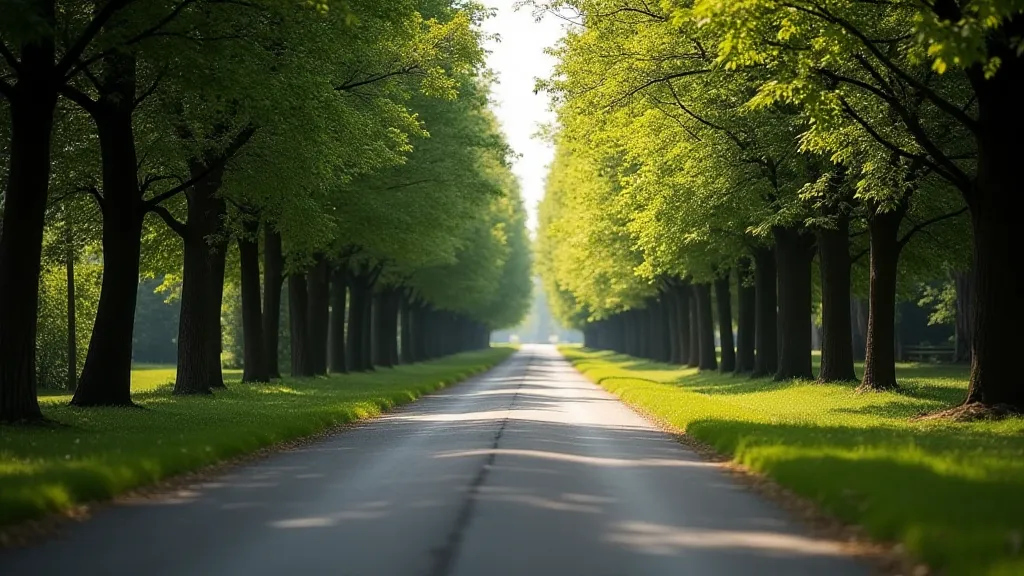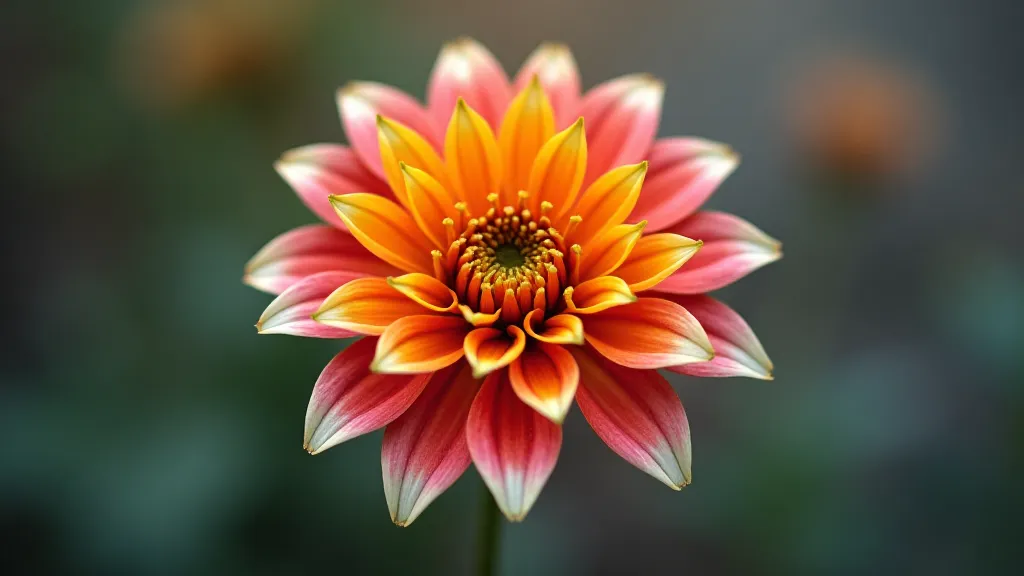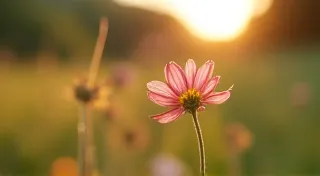Composition: Symmetry and Patterns in Photography
Discover how symmetry and patterns can add visual interest and harmony to your photos. Learn to spot these elements and use them to create compelling images. Beginner guide.
Photography isn't just about pointing and shooting. It's about crafting a visual story. One of the most powerful tools in a photographer's arsenal is composition – the arrangement of elements within your frame. While the rule of thirds is often touted as a cornerstone of good composition, there’s a whole universe of compositional techniques to explore. Today, we're diving into two particularly captivating elements: symmetry and patterns.
Understanding Symmetry in Photography
Symmetry, at its core, is balance. It's when elements on one side of an image mirror those on the other. This creates a sense of order, stability, and often beauty. Humans are naturally drawn to symmetry, so incorporating it into your photos can instantly make them more pleasing to the eye. There are different types of symmetry you can look for and utilize:
- Mirror Symmetry: This is the most recognizable type – think of a perfectly reflected image in a lake or a building reflected in a window.
- Rotational Symmetry: Elements are arranged around a central point, creating a sense of circular harmony. A sunflower is a classic example.
- Bilateral Symmetry: This is common in architecture and nature, where a central axis divides the scene into two mirrored halves. Think of a church facade.
How to Use Symmetry:
- Find Architectural Wonders: Cities are treasure troves of symmetrical buildings. Look for grand entrances, rows of windows, and meticulously planned facades.
- Look for Reflections: Water, glass, and even puddles can create stunning symmetrical reflections.
- Use Natural Symmetry: Trees, flowers, and even mountain ranges can exhibit a degree of symmetry. Look for opportunities to frame your subject using these symmetrical elements.
- Break the Symmetry: While symmetry is beautiful, it can sometimes feel static. Intentionally breaking the symmetry by adding an element that disrupts the balance can add visual tension and interest. A single bird flying across a symmetrical building facade, for example.

Harnessing the Power of Patterns
Patterns, unlike symmetry which focuses on balance, focus on repetition. They're recurring motifs, arrangements, or sequences that create visual rhythm and texture. Patterns can be found everywhere, from the scales on a fish to the bricks in a wall, the petals on a flower to the ripples in the sand.
Types of Patterns in Photography:
- Geometric Patterns: These involve shapes and lines – bricks, tiles, fences, or even rows of trees.
- Organic Patterns: These are found in nature and involve repeating elements like leaves, flowers, or the growth rings of a tree.
- Linear Patterns: Lines repeating in a linear fashion, like train tracks or a road disappearing into the distance.
- Tiled Patterns: Repetitive arrangement of identical units, most commonly found in architecture.
Tips for Capturing Patterns Effectively:
- Look for Repetition: The key to finding patterns is to actively look for repeating elements.
- Use Leading Lines: Patterns often create strong lines that can lead the viewer's eye through the image. Use these lines to guide the viewer to your subject.
- Vary Your Perspective: Experiment with different angles and viewpoints to find the most compelling way to showcase the pattern. A low angle can emphasize the scale of a pattern, while a high angle can reveal its overall structure.
- Break the Pattern: Similar to symmetry, intentionally disrupting a pattern can create visual interest and draw attention to a specific detail. A single, differently colored brick in a wall of uniform bricks is a perfect example.

Combining Symmetry and Patterns
The beauty of these compositional elements lies in their versatility. They aren't mutually exclusive; in fact, they often complement each other beautifully. A building might exhibit symmetry in its overall design but also feature repeating patterns in its facade. Recognizing and incorporating both can significantly elevate your photography.
Look for scenes where symmetrical elements create a framework for a repeating pattern. For example, a symmetrical building with a patterned brick facade, or a reflection of a symmetrical landscape containing a repeating arrangement of trees. The interplay between these elements creates a rich and complex visual experience.
Practice and Experimentation
Like any skill, mastering symmetry and pattern photography takes practice. Start by consciously looking for these elements in your everyday surroundings. Don't be afraid to experiment with different perspectives and techniques. The more you look, the more you'll see – and the better your photos will become. Pay attention to how these compositions feel – do they evoke a sense of calm, excitement, or intrigue? Understanding the emotional impact of your choices is key to becoming a more expressive photographer.






